If you’ve ever seen or worn a kimono, you have probably been drawn in by the endless variety of beautiful colours and patterns used in their designs. Japan is a country famous for its art and design, and this is on full display with kimono design. The silhouette of the kimono has never really changed, so the pattern of the kimono became the mode for expression and creativity for the wearer. The majority of patterns, like many areas of Japanese culture, are inspired by the natural world.
[the_ad id=”100211″]
What are the Traditional Kimono Patterns?
Traditionally, both the fabric and decoration of a kimono would indicate social status, since only the rich could afford luxurious silk while normal people would wear cotton. These days, the patterns become a way to express personal style or identity. The obi belt and extra accessories can also be used to add a touch of personality and interest. The wearer will most often choose what they wear based on the season, embracing and enjoying the patterns and colours of that specific time of year.
Kimono patterns are not only decorative but also have special cultural meaning. Flowers like sakura 桜 (cherry blossom), momo no hana 桃の花 (peach blossom), fuji 藤 (wisteria) and momiji 紅葉 (Japanese maple) have seasonal significance as well as being symbolic metaphors for virtues such as longevity, rejuvenation, and resilience. Animals and insects like rabbits or dragonflies often depict a playful nature. Since the Shinto and Buddhist traditions teach of the importance of harmony with nature, natural phenomena such as water, earth, and clouds also inspire kimono patterns. Rivers depict continuity and the future, and mountains inspire us to overcome life’s challenges.
One especially traditional aspect of Japanese design which has recently resurrected is wagara 和柄, translated simply as ‘Japanese pattern’. Wagara developed in the Heian era from a combination of ancient calligraphy and traditional painting motifs. Using interlocking shapes and clean lines, wagara are repetitive, geometric designs derived from natural elements like waves and flowers.
The Basic Wagara Patterns for Kimono
Though there are many wagara patterns, there are some which occur more frequently in the fabric used to make kimono. See if you can spot these patterns in the wild.
Shippo 七宝
The intersecting circles (Venn diagram anyone?) create a diamond shape, as this design is based on the Seven Jewels of Buddhism: gold, silver, lapis lazuli, agate, seashell, amber and coral.
Seigaiha 青海波
Overlapping concentric circles create a wave motif. Waves, or water, symbolise power and resilience through the constant ebb and flow of life.
Asanoha 麻の葉
The six connected diamonds surrounding a common centre strongly resemble a hemp leaf, where this pattern gets its name. Hemp fabric has been used a lot in Japan for clothing and accessories. Since hemp grows very quickly, this pattern is often used for children’s clothes, in the hope that they too can grow strong and healthy.
Traditional Japanese Patterns – Not Just for Kimono
For a long time, wagara were used exclusively for kimono and yukata, so they came to be seen as old-fashioned. As the kimono industry fell into decline, wagara were in danger of being forgotten as a lost art, until they began to be used again in modern designs for bags, accessories, and interior household items. Nowadays, it’s easy to find wagara designs on everything from dishes and cups to hand-held fans and phone cases, even at your local 100 yen shop.
Kimono Patterns For Special Occasions
Symbols and patterns might also be chosen for a special occasion. Auspicious patterns are commonly used for occasions such as weddings or graduations.
Weddings
For a wedding, a guest might choose a pattern depicting a crane, or a pair of cranes to bestow good luck on the newlywed couple. These beautiful birds were believed to live for a thousand years, and they mate for life, so they symbolize longevity and good fortune.
Yagasuri
Graduation is also an important occasion, and a great opportunity to wear a kimono. Graduates will often choose a yagasuri design. The shape of this pattern resembles an arrow, which symbolizes steadfastness and determination.
So, next time you see or wear a kimono, you can better understand how the beautiful patterns might reflect the occasion, your age or even social status. Or, on the other hand, just keep it simple and go with your favourite colour!
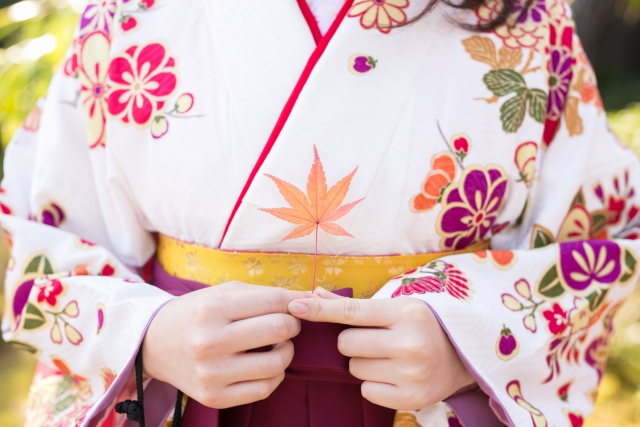
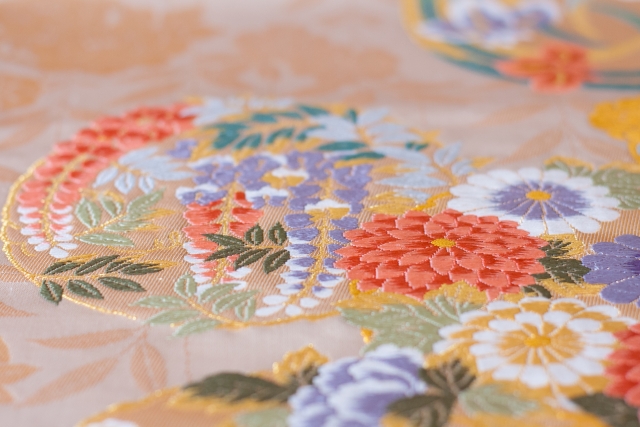
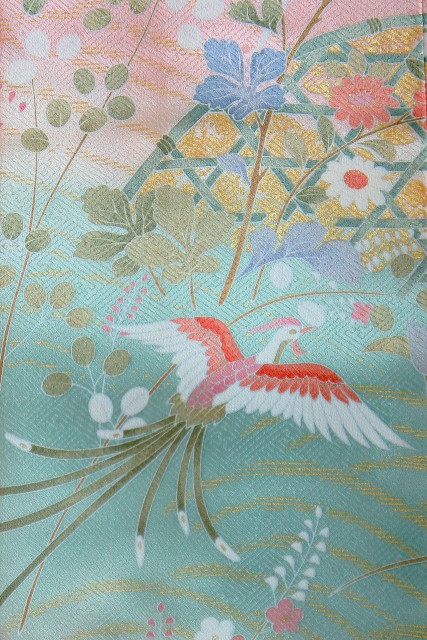
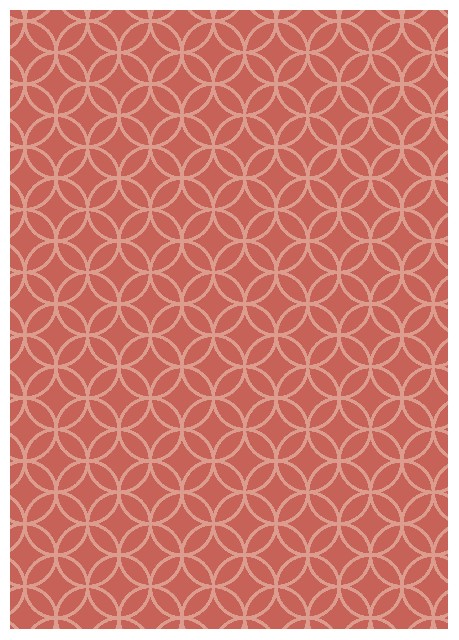
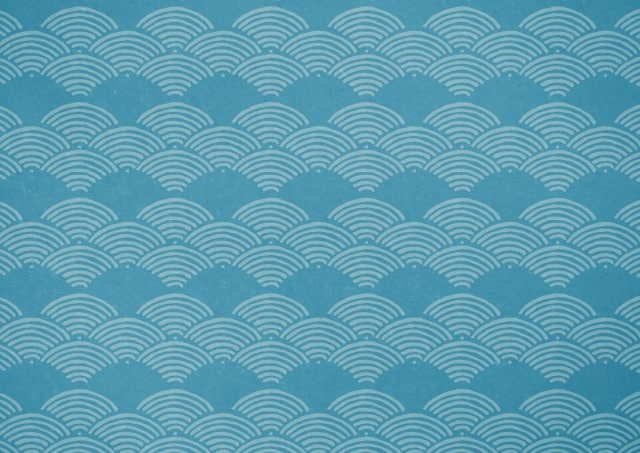
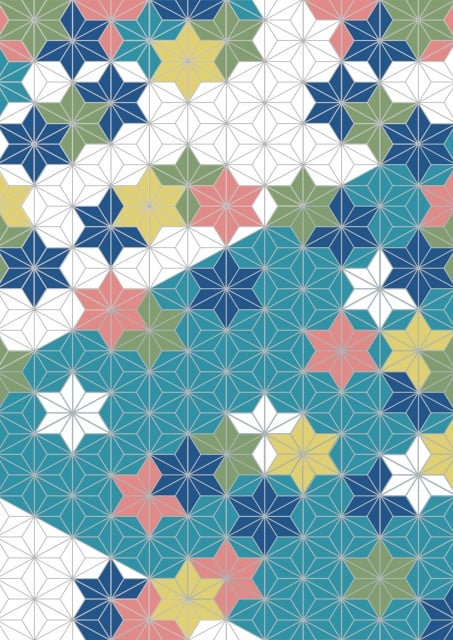

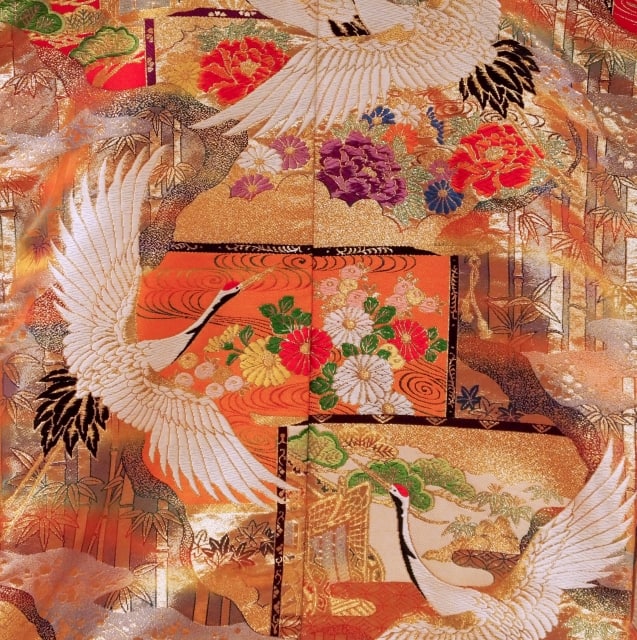
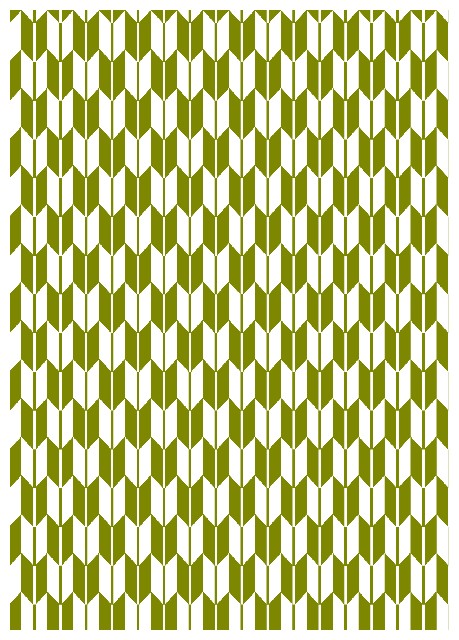

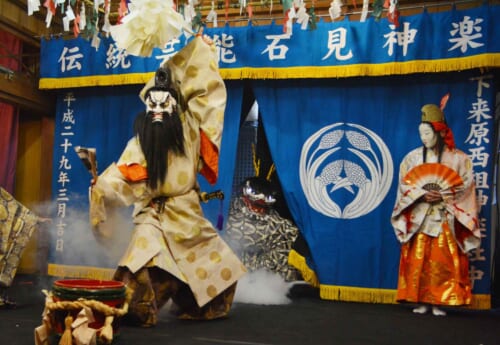

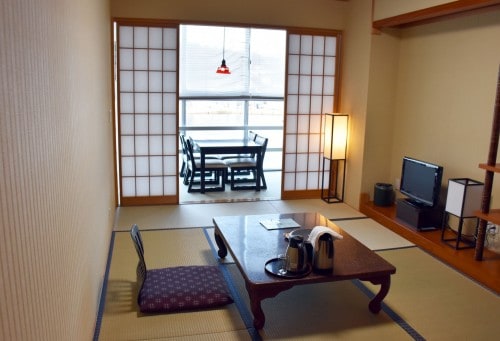
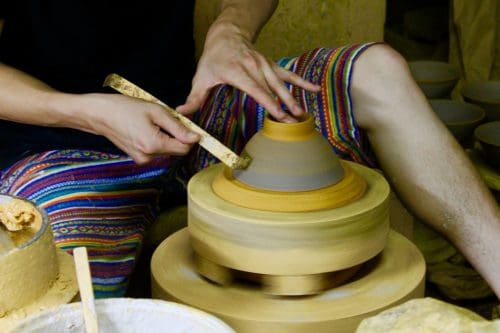


No Comments yet!